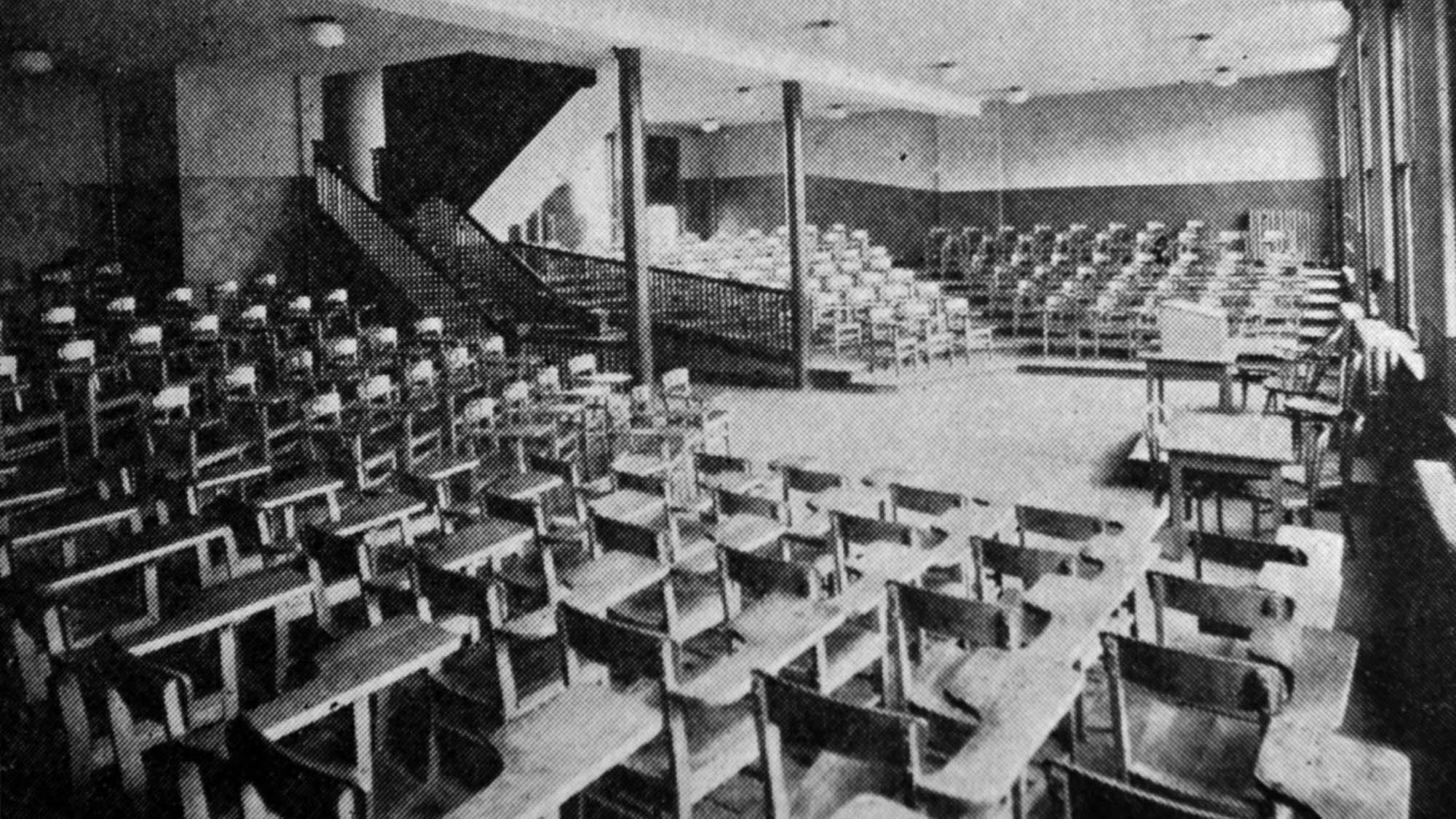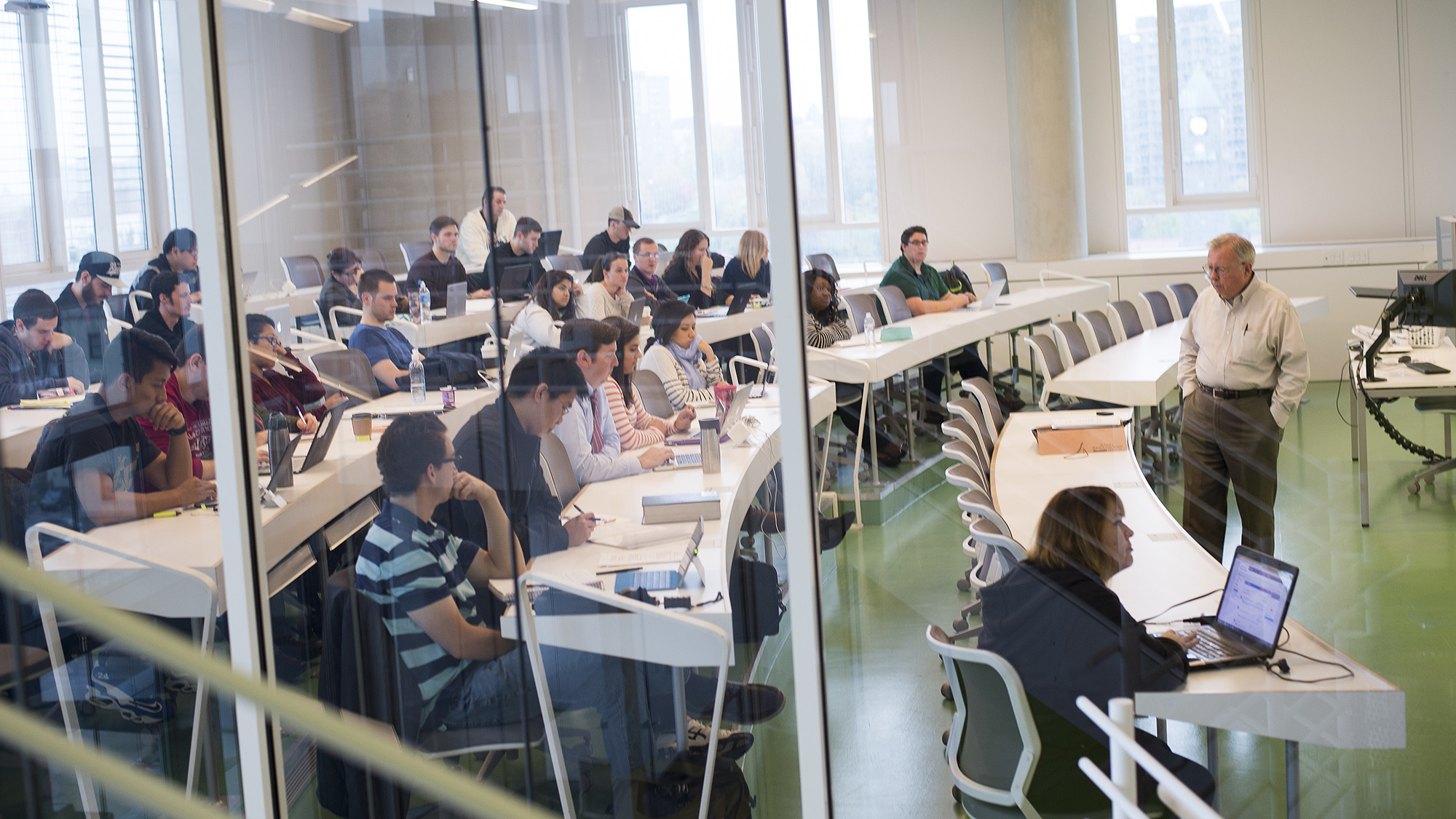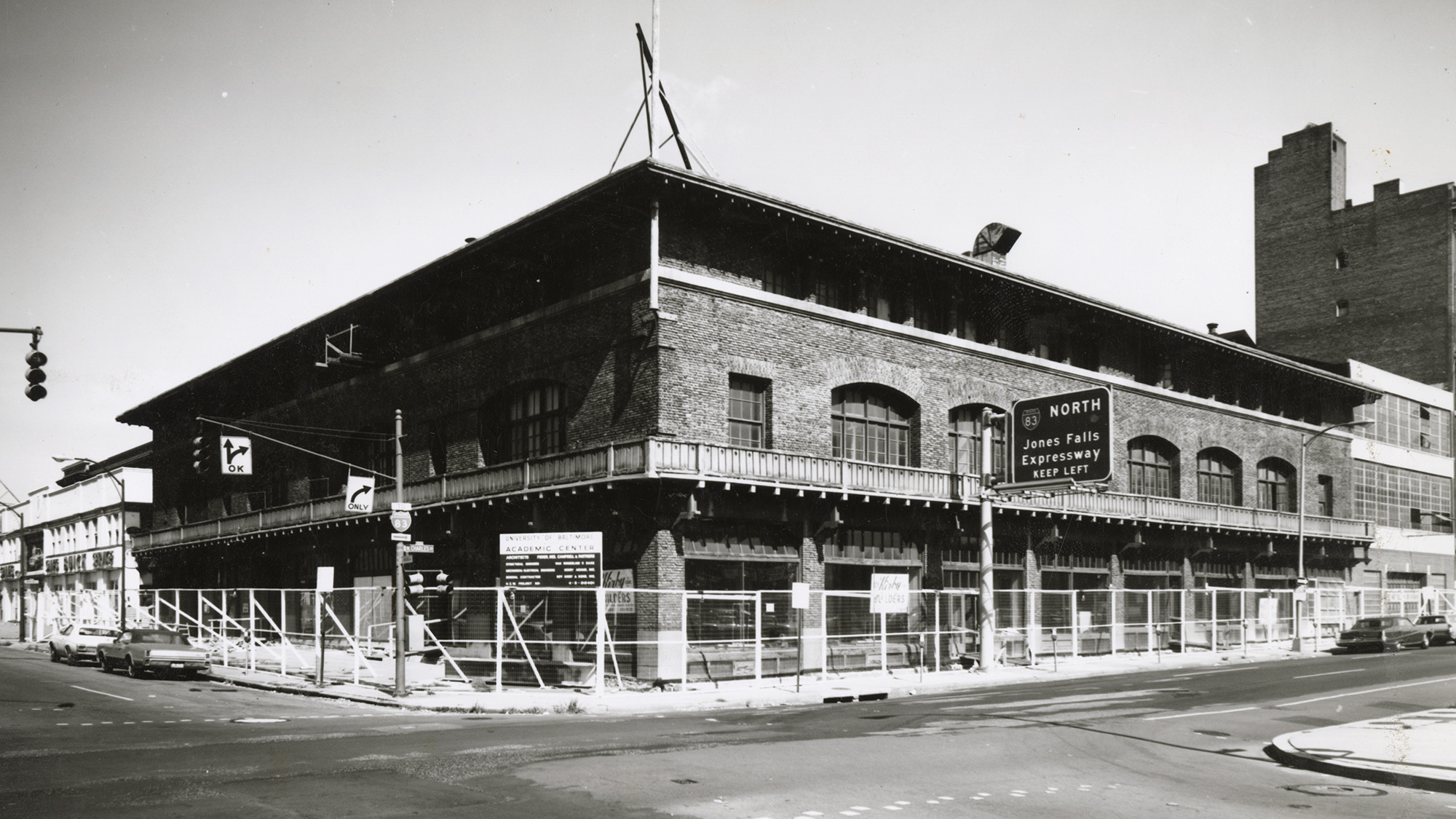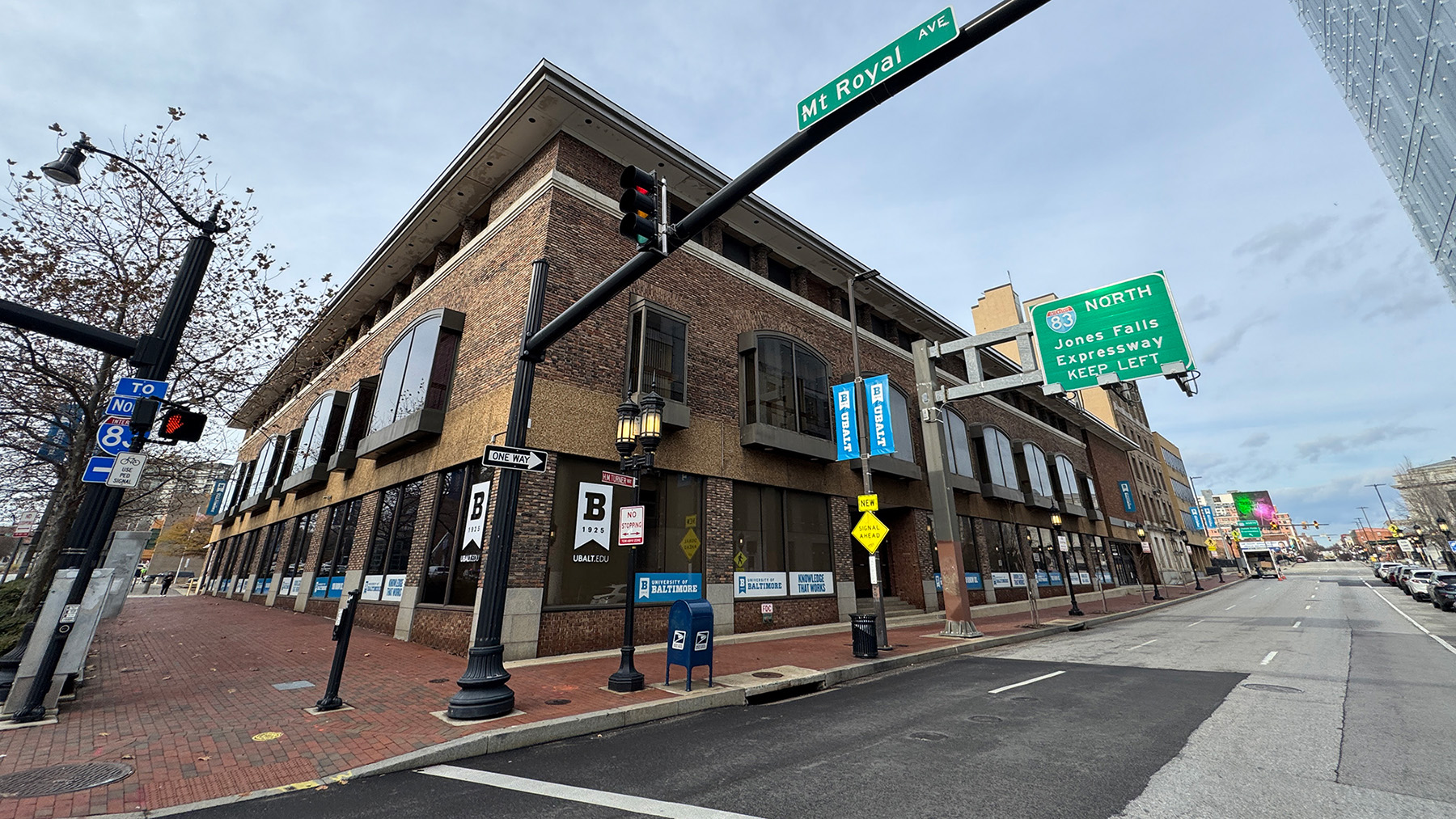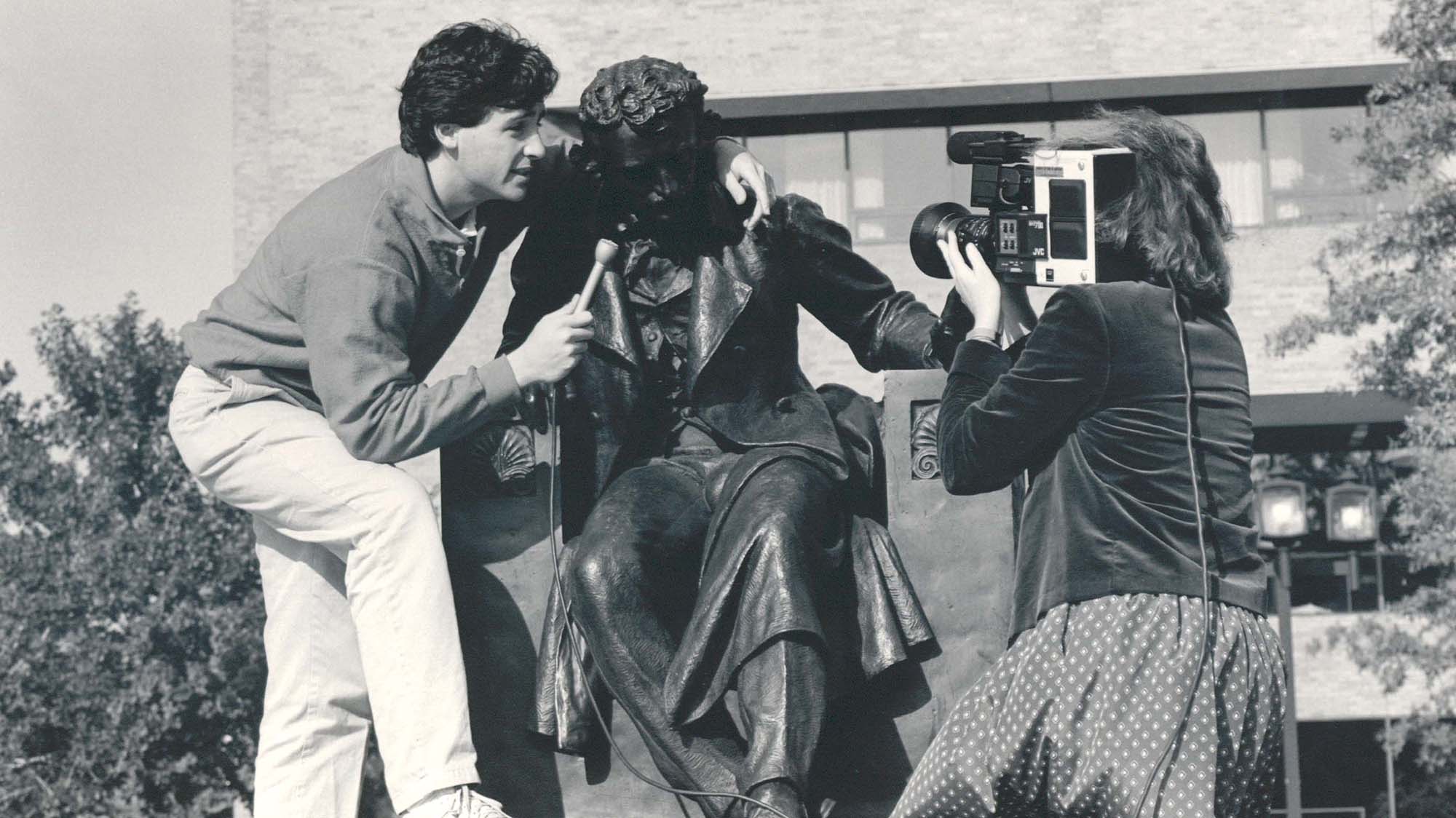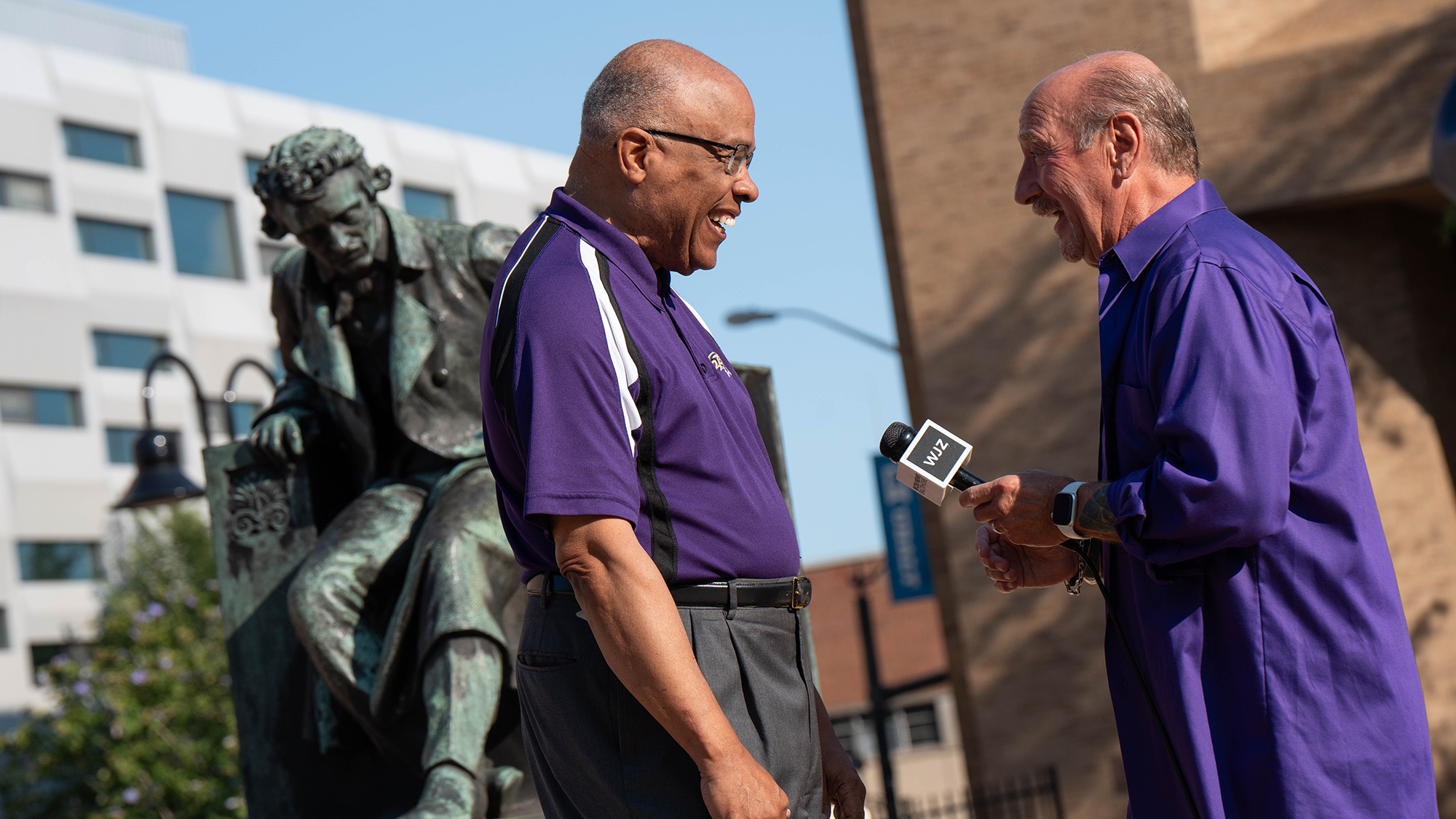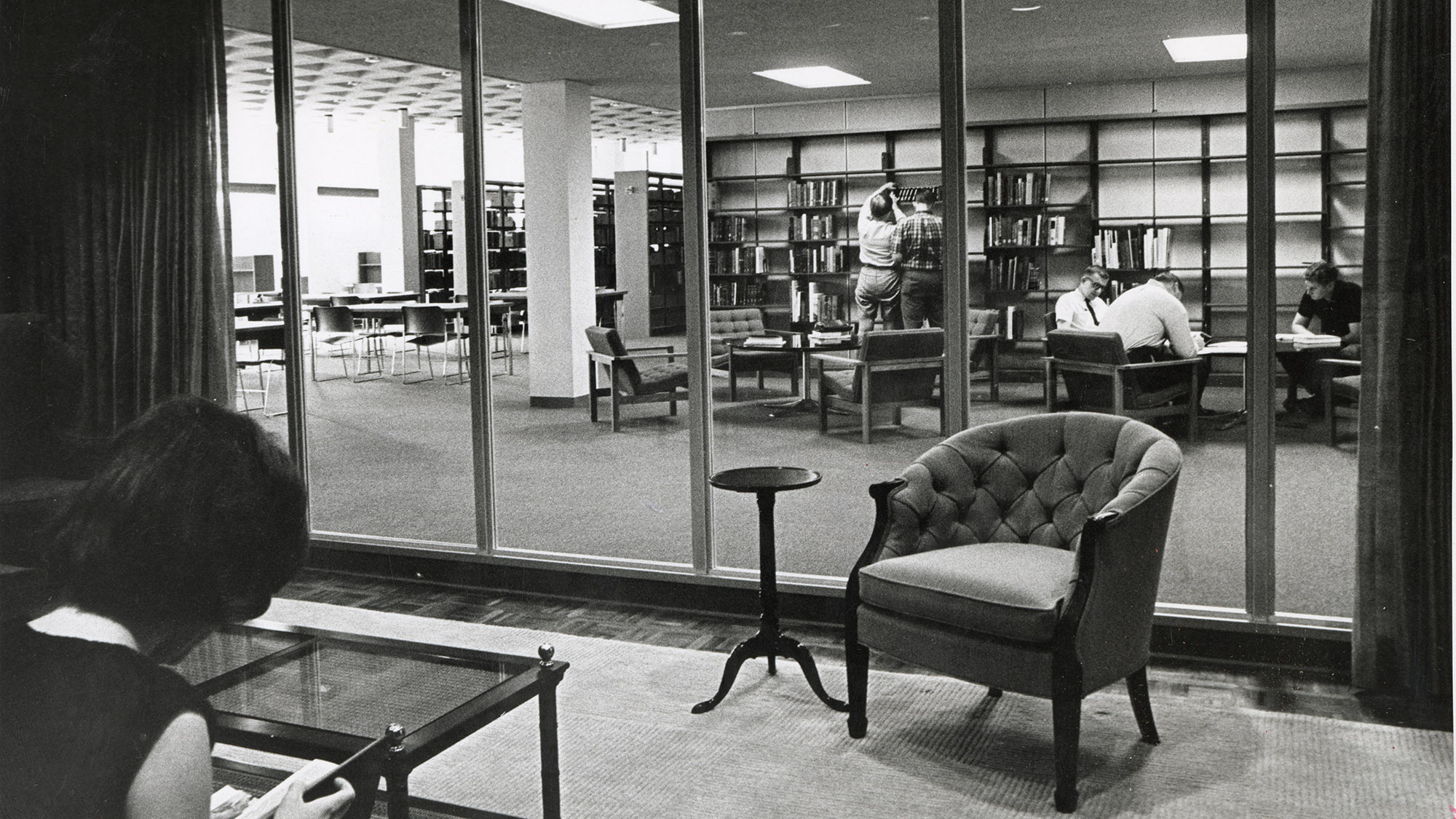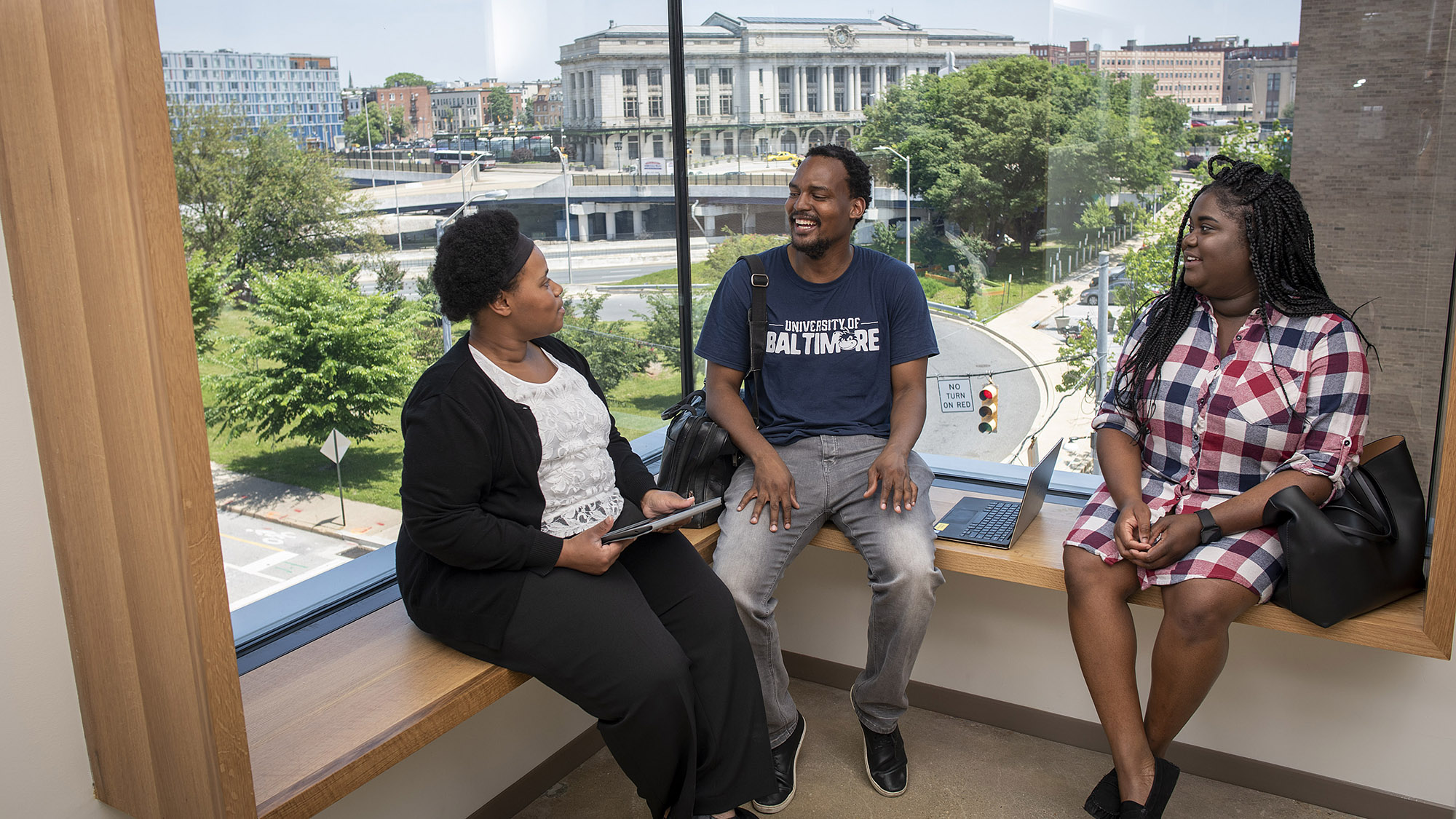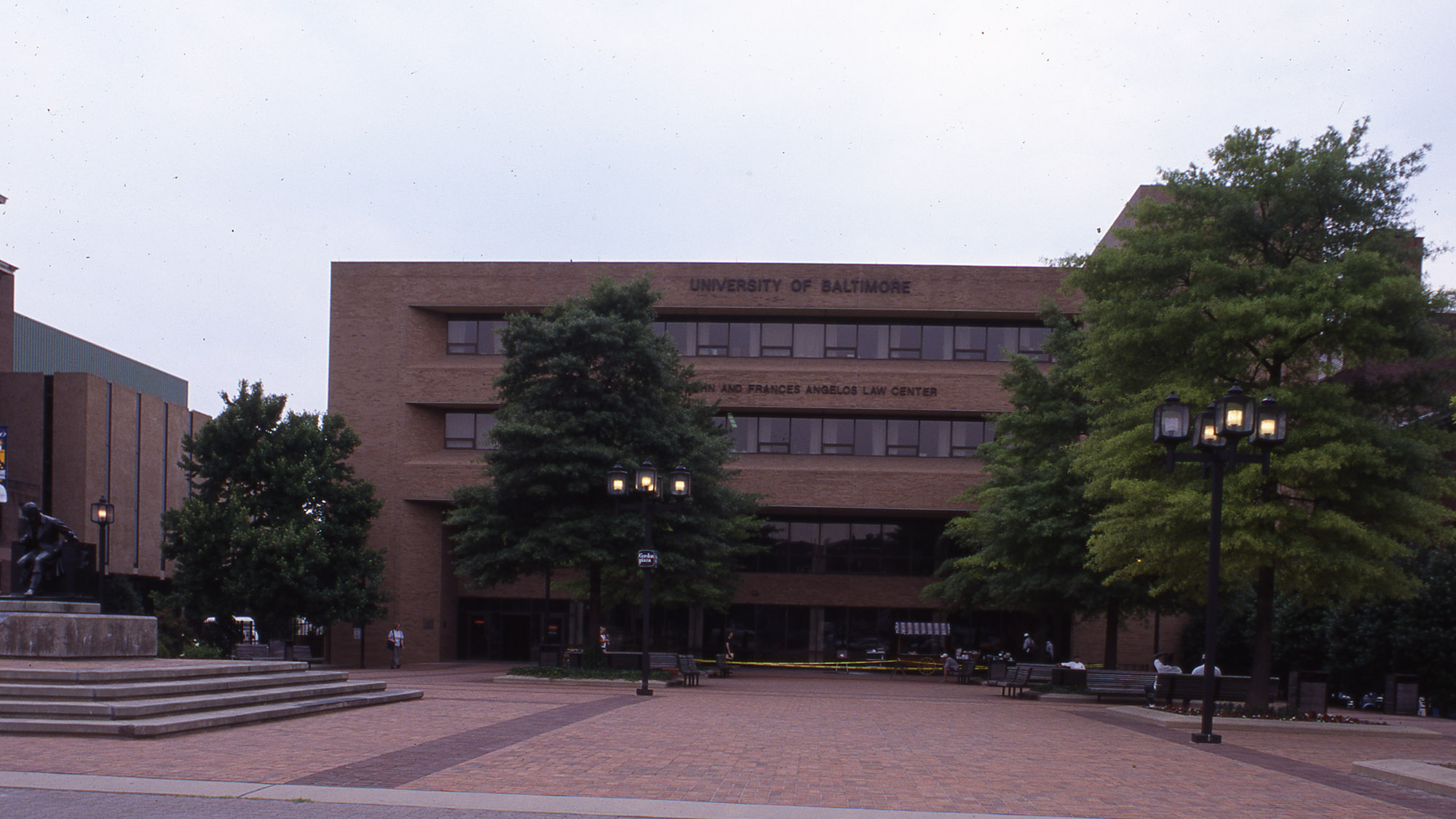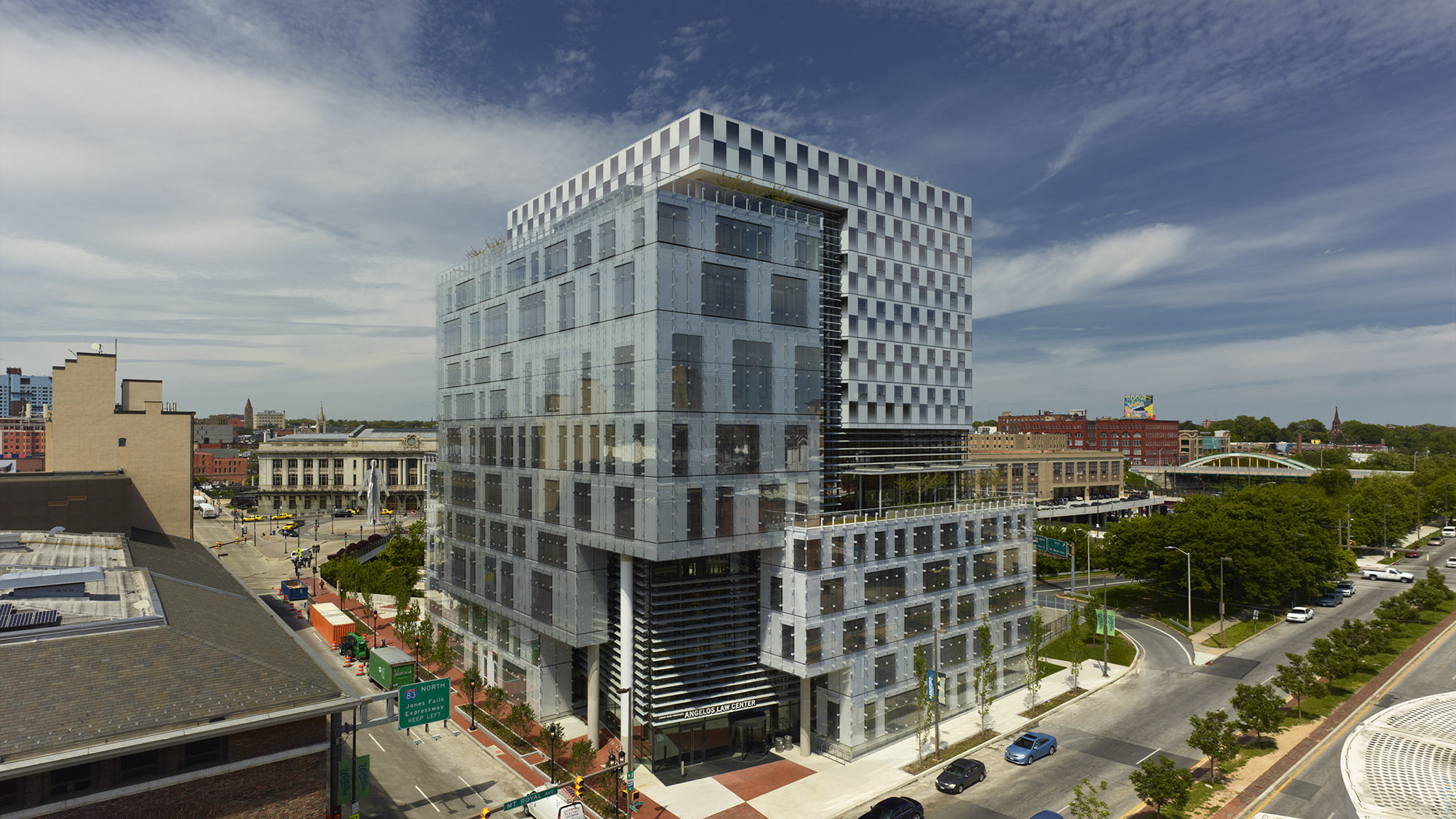LOOKING BACK:Our History
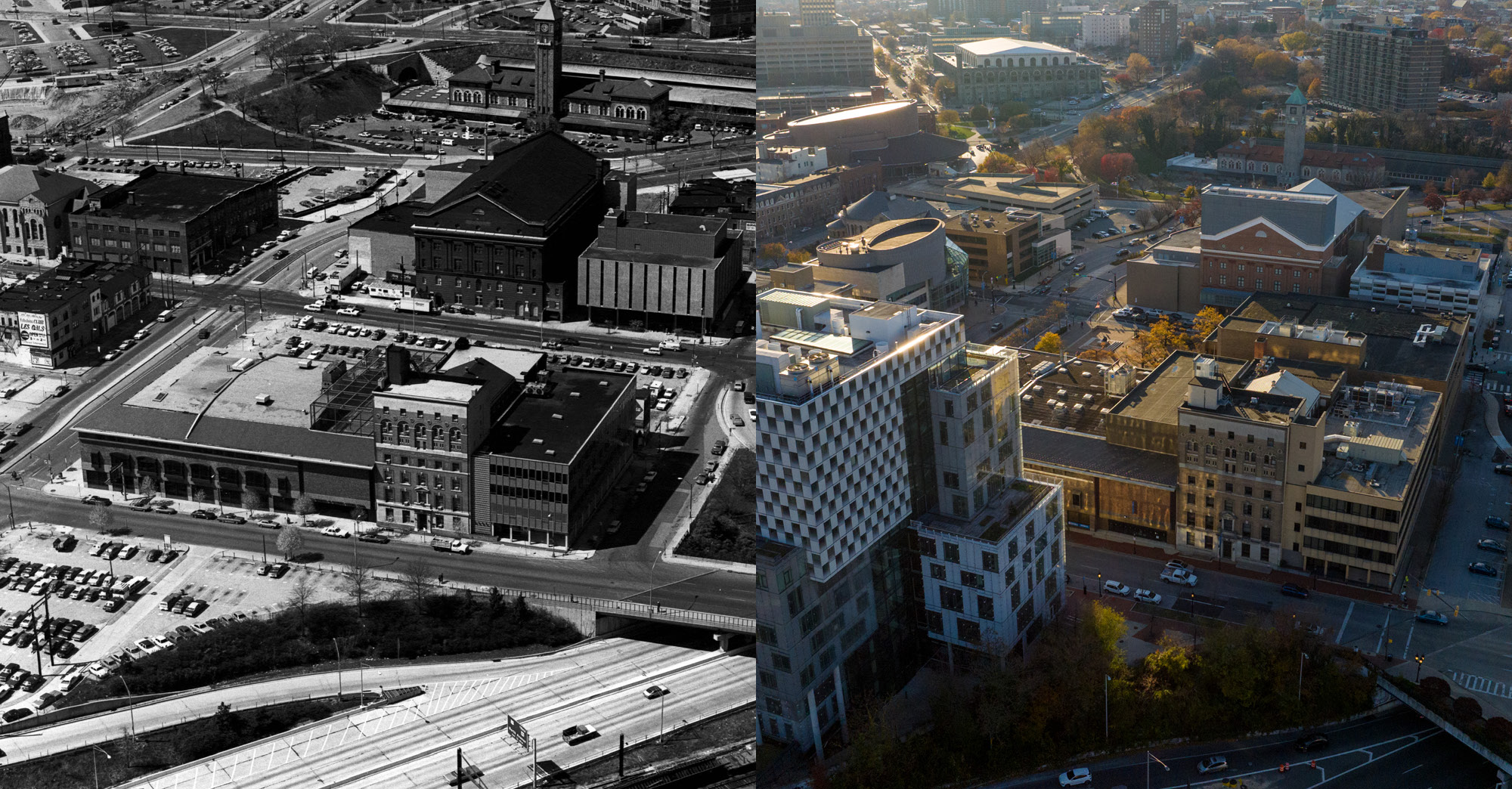
Who We Were
The University of Baltimore was born from a simple idea: to establish a college for working professionals and nontraditional learners. Our inaugural business class included men ranging in age from their 20s to 40s. Our inaugural law class included three women.
While much has changed, the University has always remained true to its mission from the start: to offer a career-focused education and provide the region with highly educated leaders who make distinctive contributions to the broader community.
UBALT'S BEGINNING
In celebration of the 2025 Centennial of The University of Baltimore, this video tells the story of the institution's beginnings, its gradual rise to a place of recognition among its peers, and, most importantly, its long-standing leadership in resolving issues that impact the people of metropolitan Baltimore. Looking back and moving ahead, UBalt is a campus of and for the city. But its reach extends far beyond, in matters encompassing the law, business, civics, politics, and the arts and humanities.

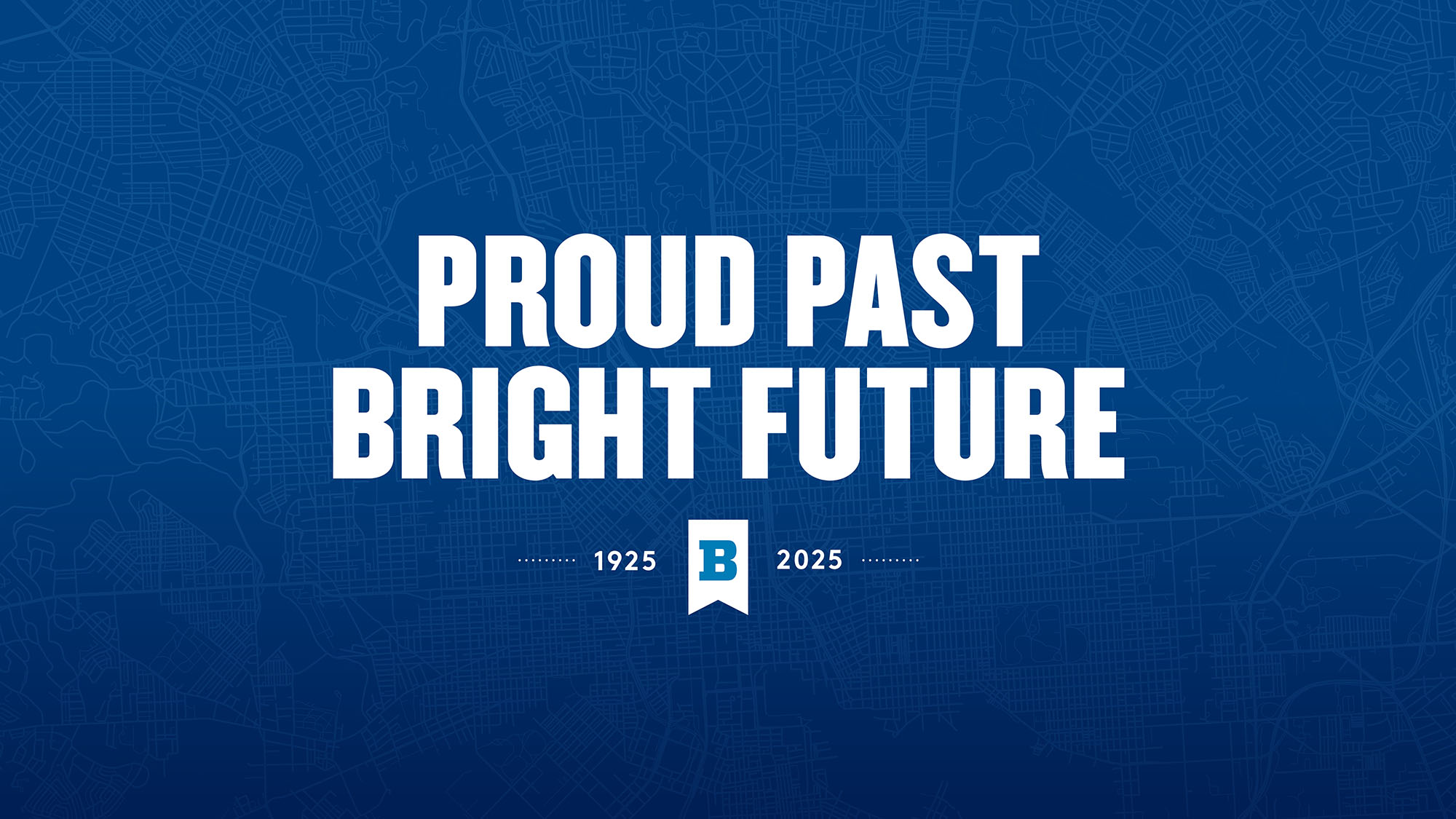
Our CENTENNIAL Exhibit
As the Centennial Exhibit Fellow, Lexzander Ernst, a history major, curated a Centennial exhibit that was on display in Robert L. Bogomolny Library for the first 100 days of 2025. The exhibit highlights our 100-year history with a focus on social change and student activism, changes to its physical campus, and student publications. This online exhibit consists of 50 selected materials from the University Photograph Collection and the Student Publications Collection, both held by the University of Baltimore's Special Collections and Archives.
OUR TIMELINE
Join us for a look at the first 100 years of The University of Baltimore, from the first meeting of minds that established the idea, to our latest developments.
OUR PEOPLE, NOW AND THEN
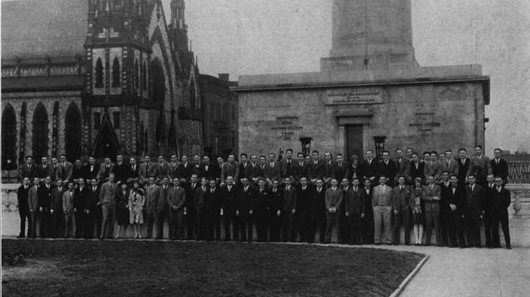 Our early law students kicked off their year with a photo at the Washington Monument
in Mt. Vernon. Here the first class of law freshmen pose at the start of their academic
year.
Our early law students kicked off their year with a photo at the Washington Monument
in Mt. Vernon. Here the first class of law freshmen pose at the start of their academic
year.
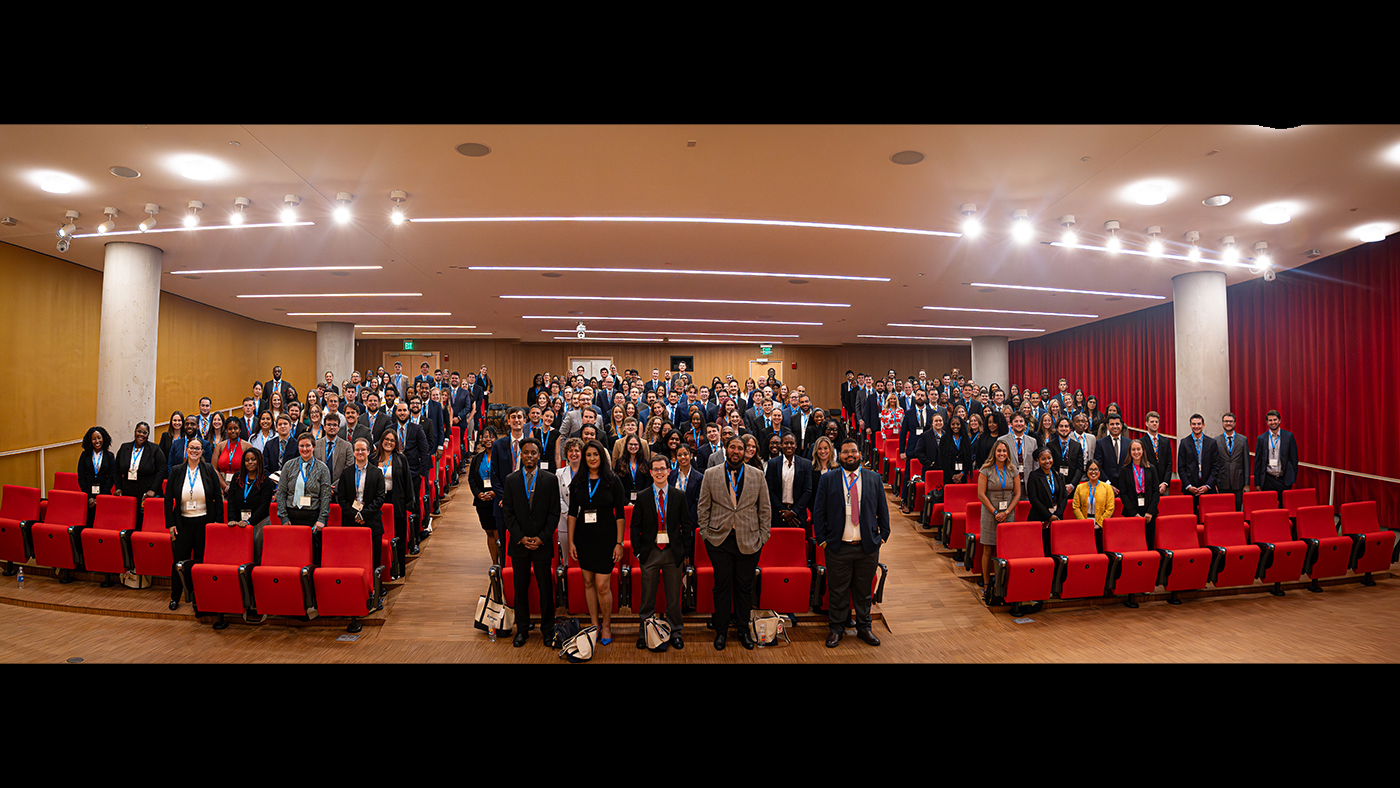 Time has changed little about this tradition. The incoming class of law students
pose in the Moot Courtroom as part of UBalt Law's fall 2024 orientation.
Time has changed little about this tradition. The incoming class of law students
pose in the Moot Courtroom as part of UBalt Law's fall 2024 orientation.
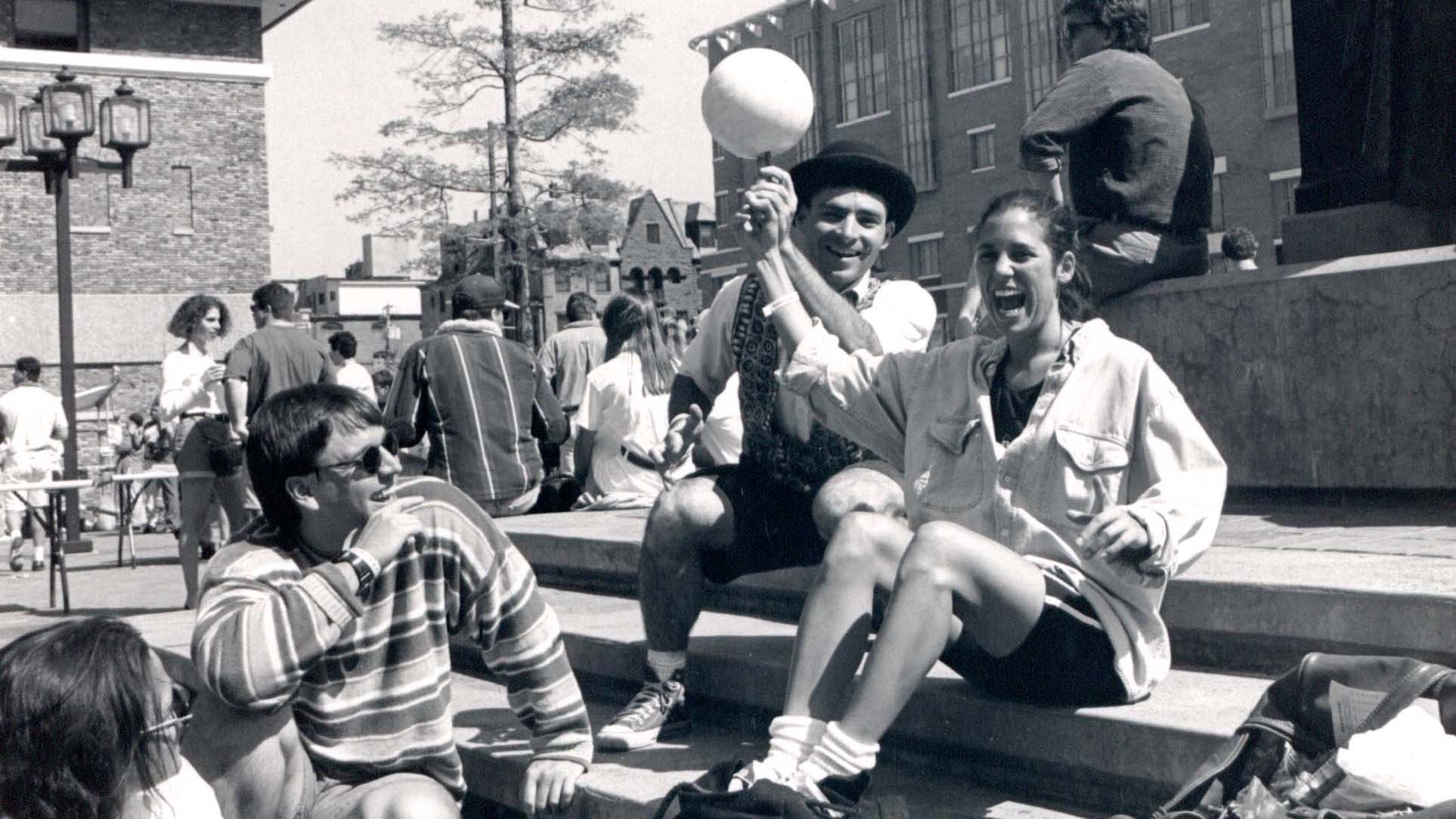 The Edgar Allen Poe statue at the center of campus is a beloved hangout spot. Students
took a break there during a 1990s block party.
The Edgar Allen Poe statue at the center of campus is a beloved hangout spot. Students
took a break there during a 1990s block party.
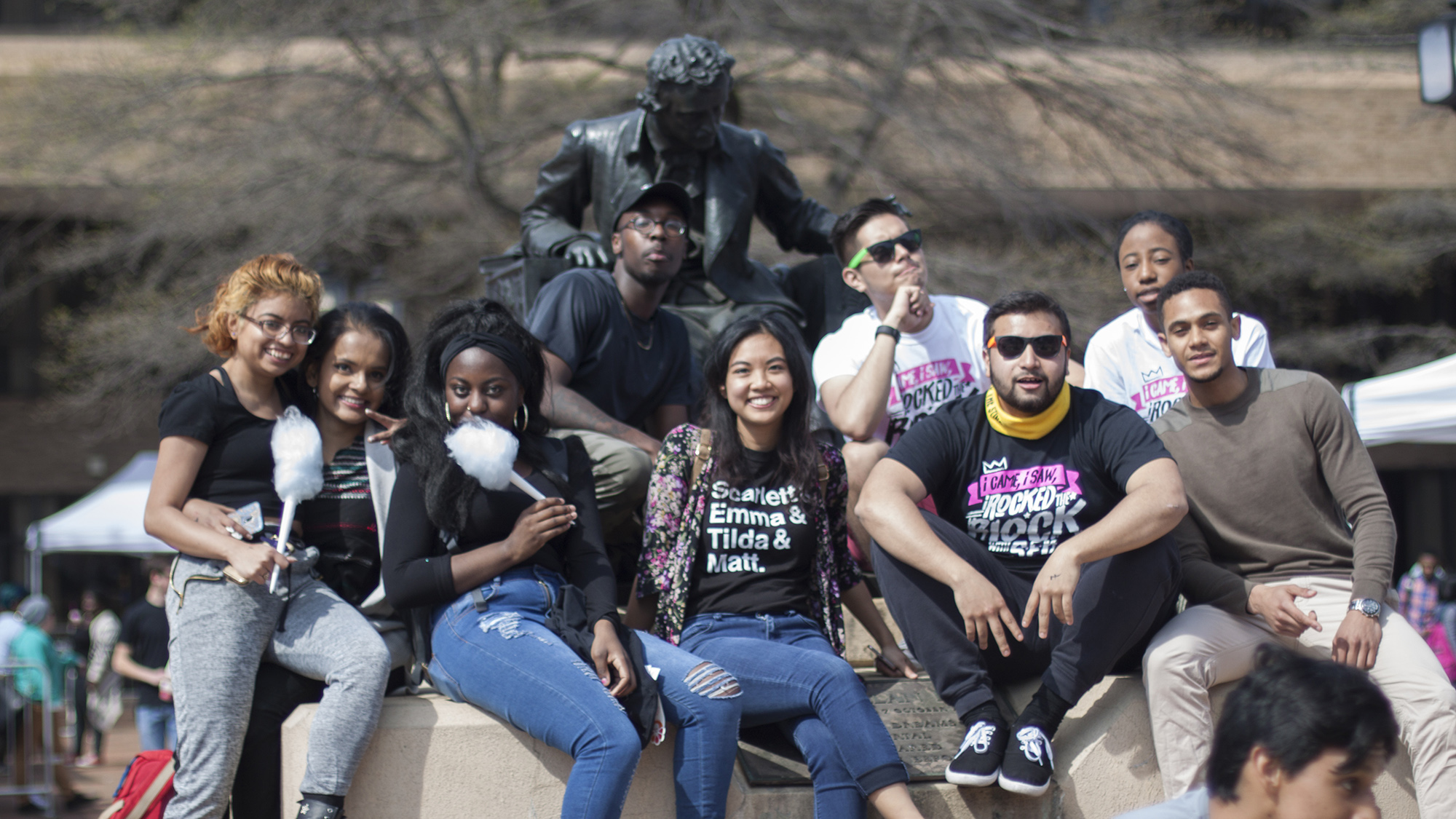 Two decades later, students are still drawn to Poe's perch at block parties, between
classes, and especially after commencement.
Two decades later, students are still drawn to Poe's perch at block parties, between
classes, and especially after commencement.
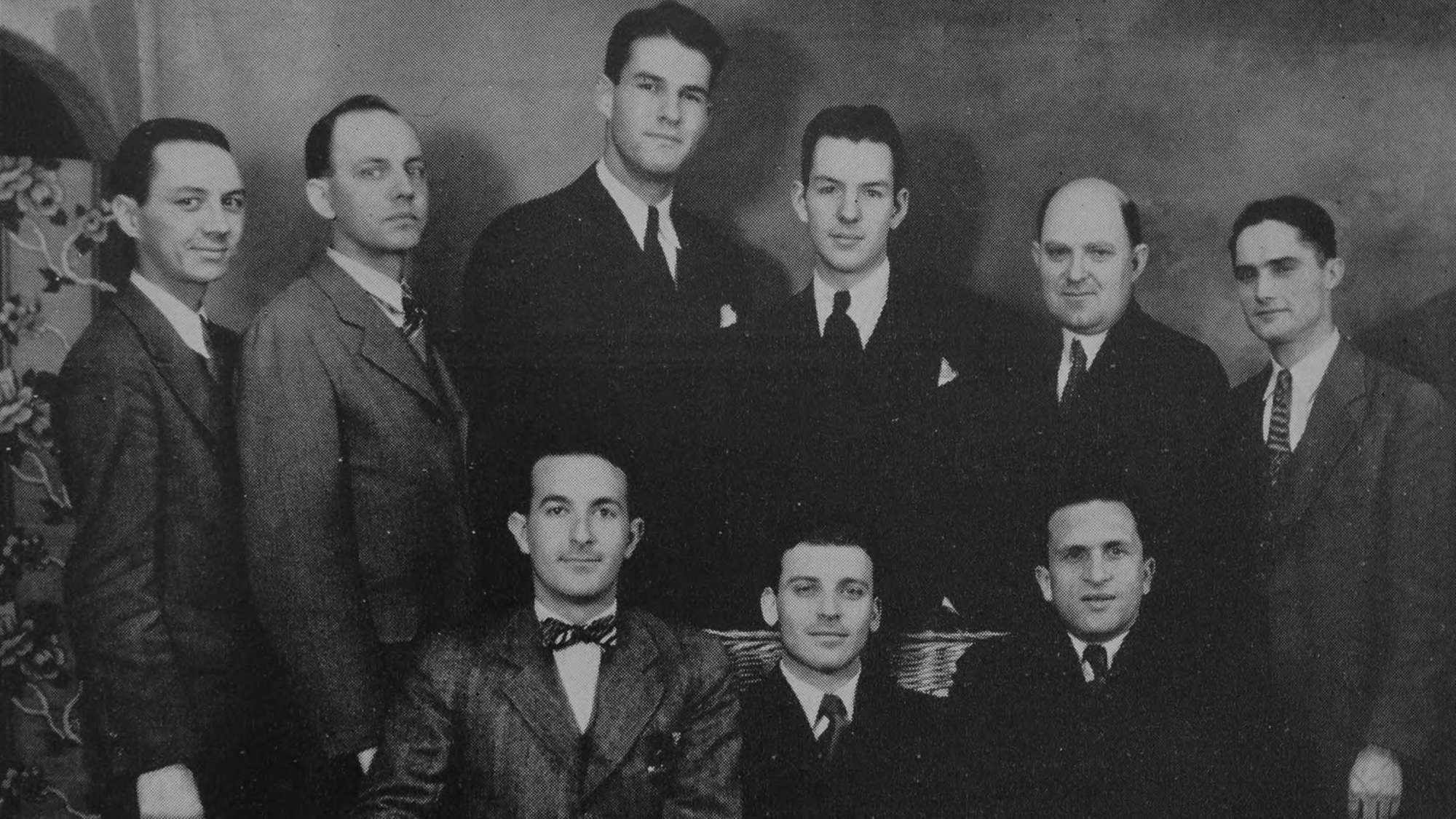 In its earliest days, The University was made up of primarily white men, as reflected
in this photo of the student council from the late 1920s.
In its earliest days, The University was made up of primarily white men, as reflected
in this photo of the student council from the late 1920s.
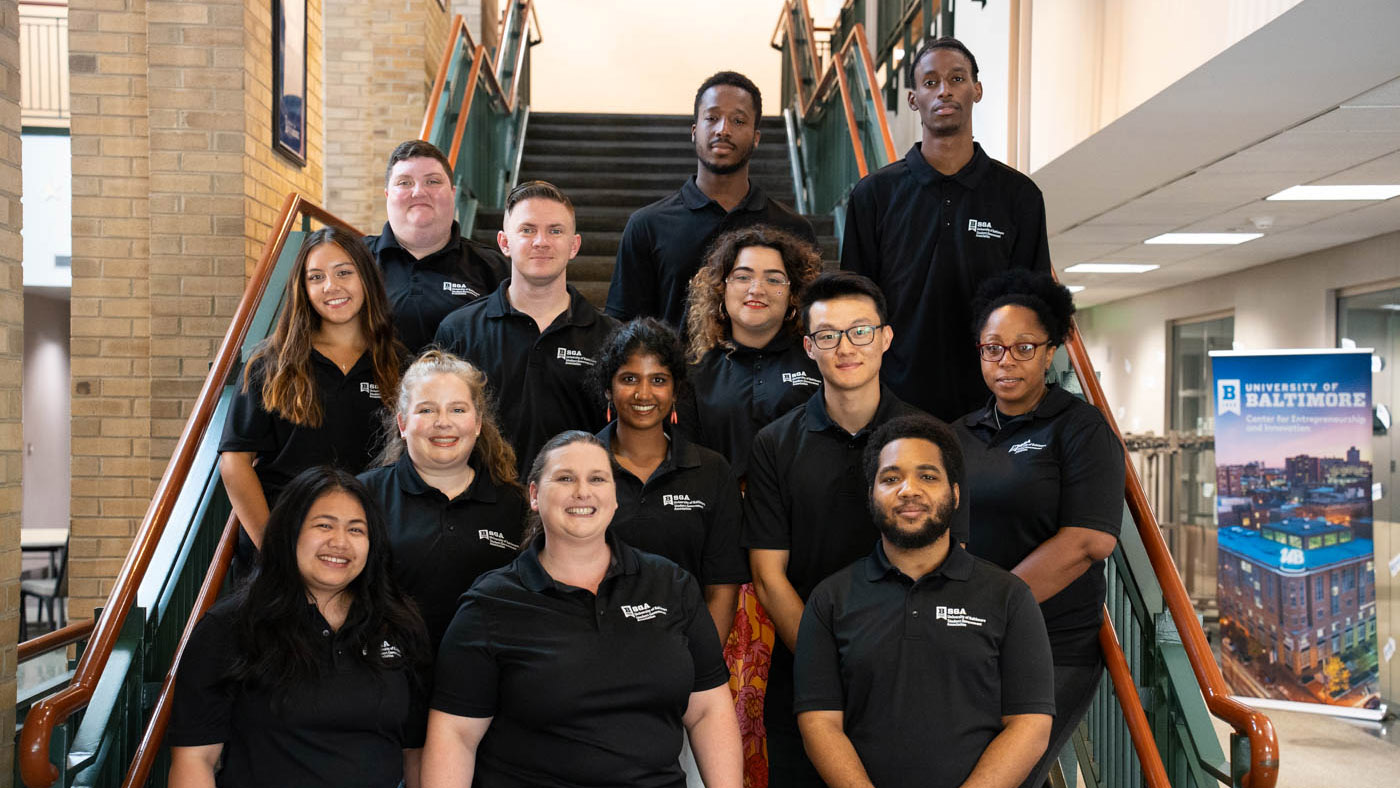 Our 2024 Student Government Association reflects the diversity and meets the demands
of a modern UBalt campus.
Our 2024 Student Government Association reflects the diversity and meets the demands
of a modern UBalt campus.
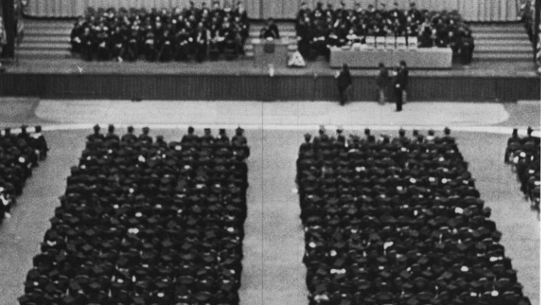 The graduating class of 1975 celebrates its commencement at a city venue.
The graduating class of 1975 celebrates its commencement at a city venue.
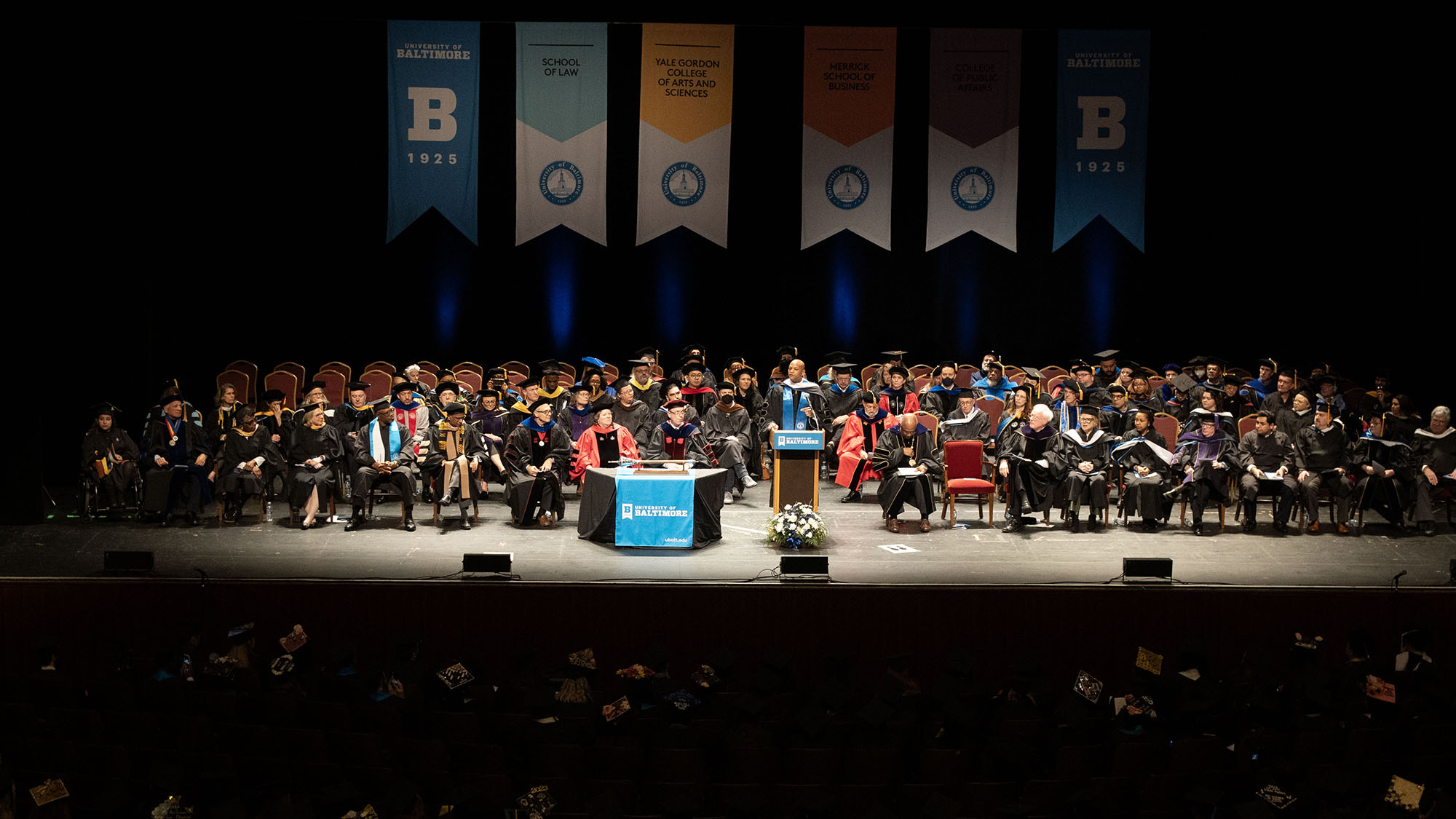 The graduating class of 2024 celebrates its commencement at The Lyric with Gov.
Wes Moore serving as the keynote speaker.
The graduating class of 2024 celebrates its commencement at The Lyric with Gov.
Wes Moore serving as the keynote speaker.
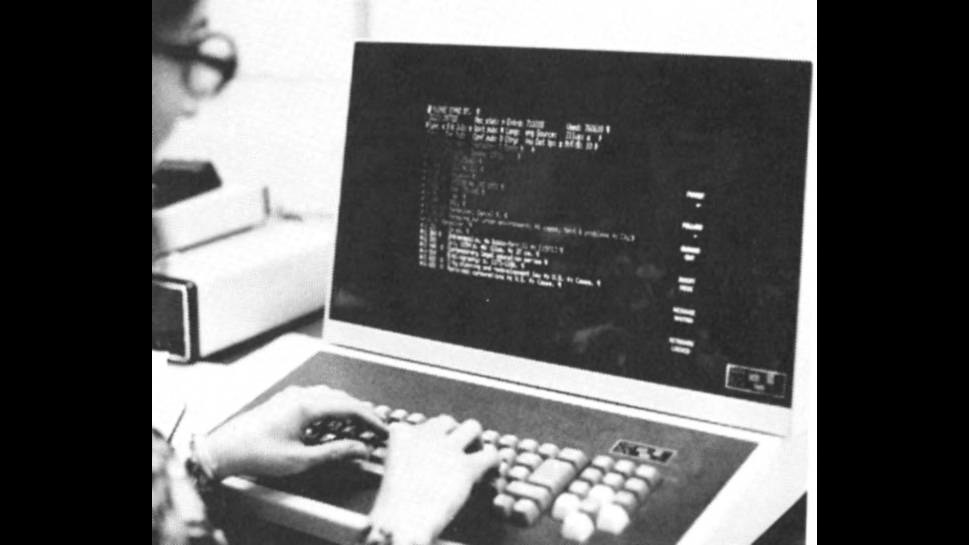 The University has long been ahead of the curve with technology, though it has changed
significantly over time. This is what computer work looked like in 1976.
The University has long been ahead of the curve with technology, though it has changed
significantly over time. This is what computer work looked like in 1976.
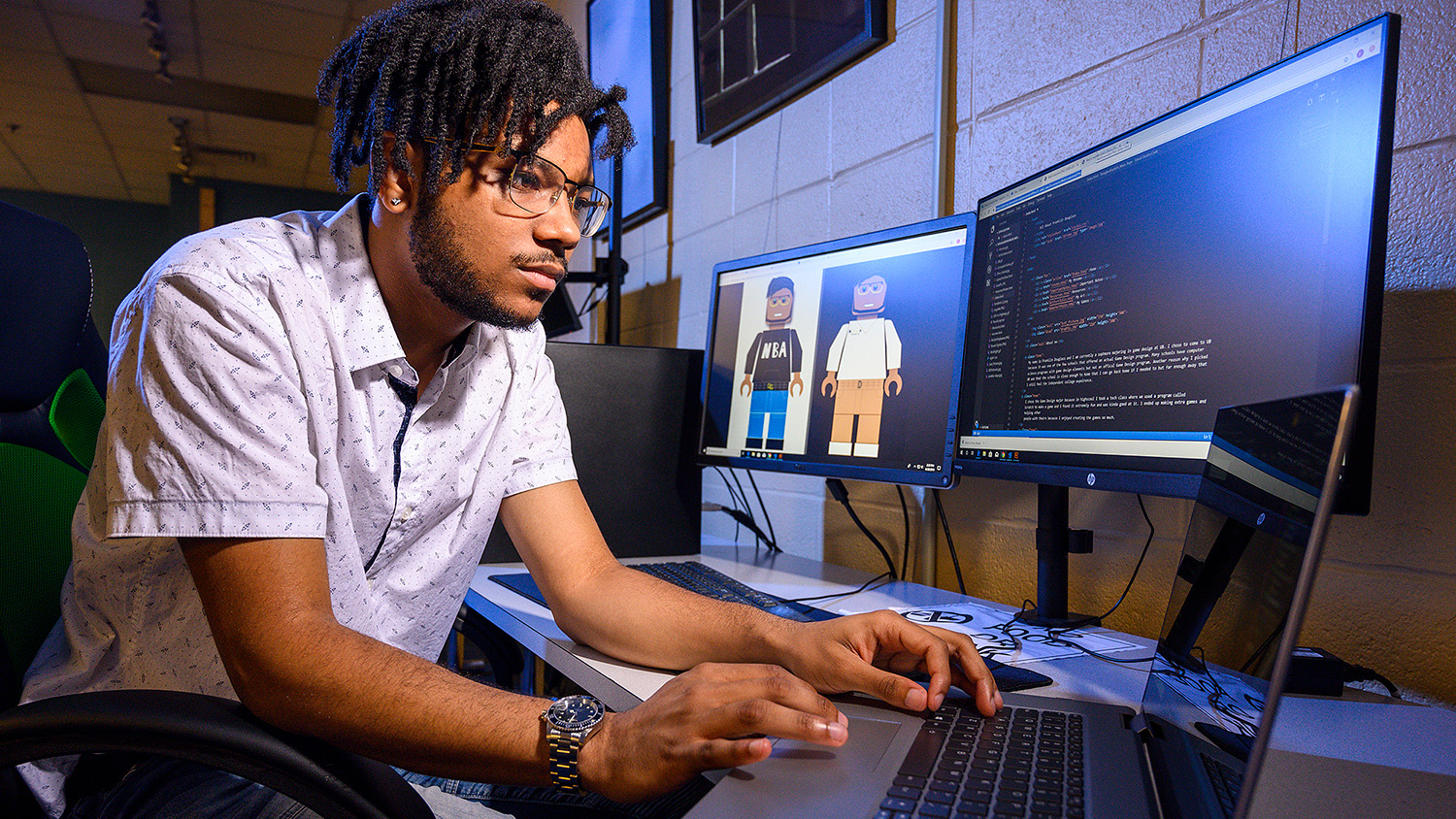 And this is what it looks like now. Here, a Simulation and Game Design major uses
two screens in the University's Game Lab to code a video game for his class.
And this is what it looks like now. Here, a Simulation and Game Design major uses
two screens in the University's Game Lab to code a video game for his class.
OUR PEOPLE, NOW AND THEN










OUR PRESIDENTS
Eight men have led the University through its first century. Get to know the presidents of The University of Baltimore.
OUR COMMUNITY
We have 100 years of great stories from the people who once called UBalt home. Our Special Collections and Archives team has been building an oral history series, capturing voices from over these decades.
Our Campus, Now And Then
